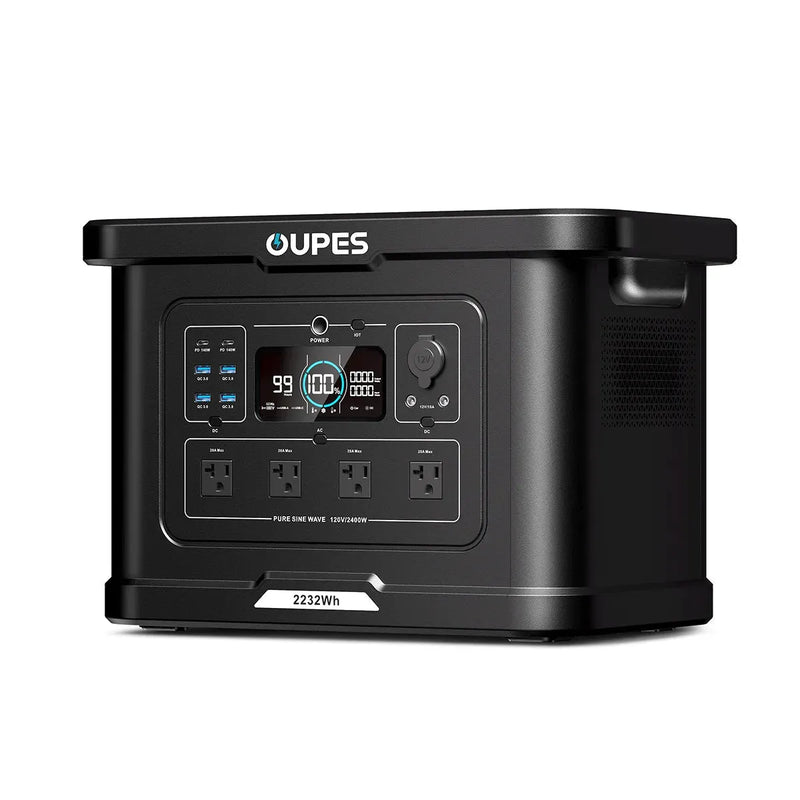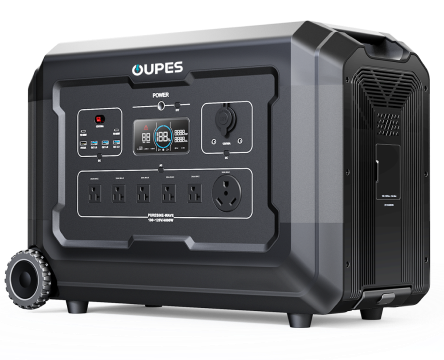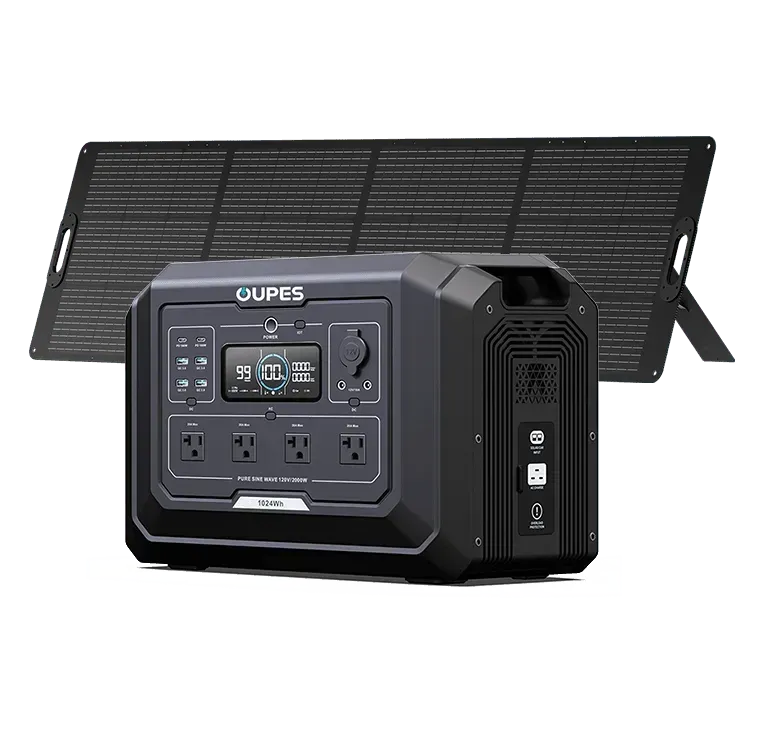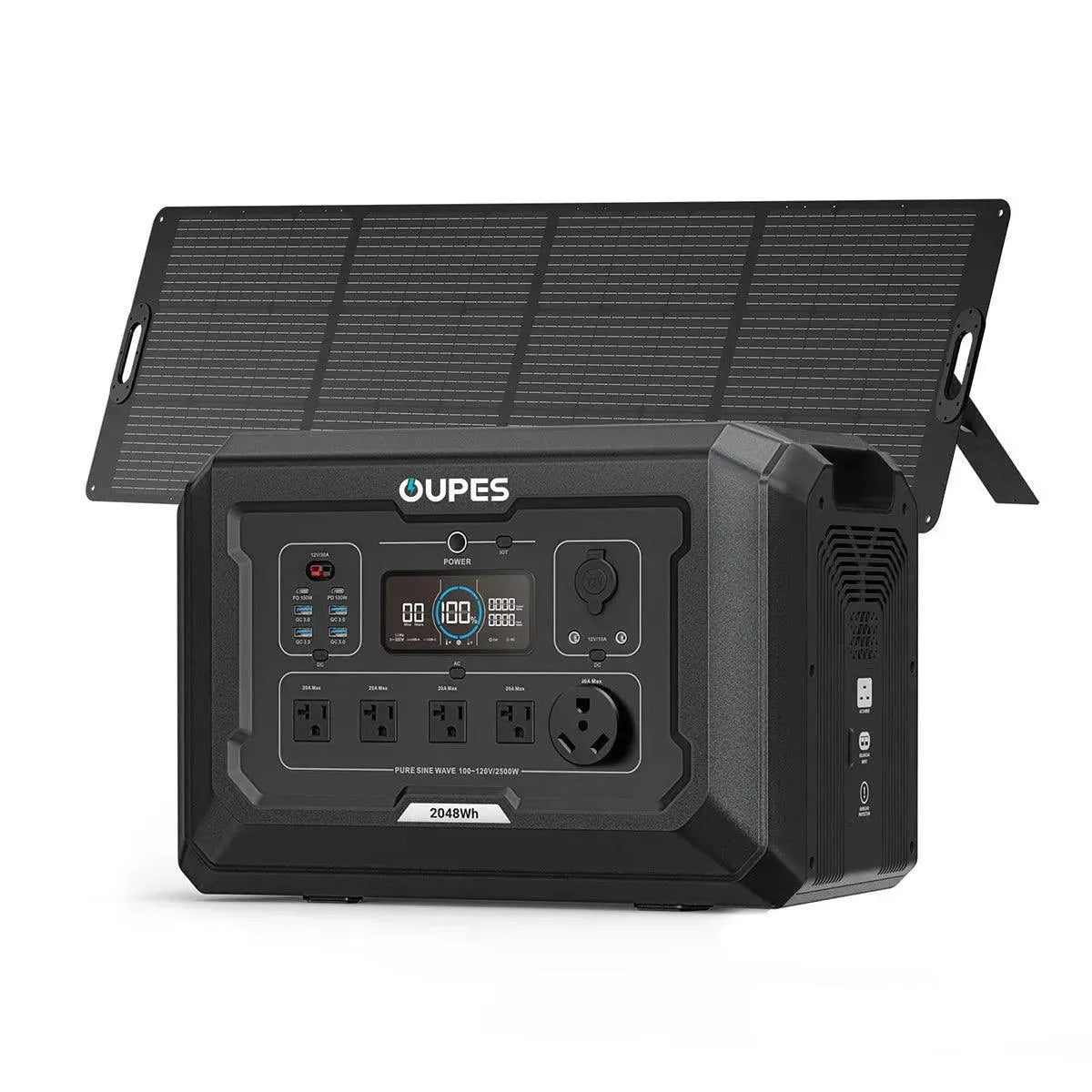
Imagine camping under the stars with all your gadgets powered up while gently sipping morning coffee, with your power station topped off seamlessly by solar energy. Or picture an emergency power scenario where you're running essential appliances and recharging at the same time, without missing a beat. Using a power station while it's solar charging promises that kind of continuous convenience—but how does it really work?
This in‑depth guide explores whether you can simultaneously use a power station while it's charging via solar panels. We'll explore key concepts like pass-through charging, charging efficiency, potential limitations, safety considerations, and practical tips to help you optimize uninterrupted power wherever you go.
Understanding Pass‑Through Charging and Power Station Design
Many modern power stations are designed to allow pass‑through charging—the ability to charge the internal battery while simultaneously powering connected devices. This requires precise power management circuitry capable of routing incoming solar energy to both charge the battery and supply the load. Without it, using the power station while charging could overheat internal components, bypass safety protections, or reduce battery lifespan.
In systems built for pass‑through, incoming solar current from panels or other sources is shared: part goes to power your appliances in real time, and the rest charges the battery. Efficiency of this process varies; some designs prioritize powering devices first, with excess energy charging the battery, while others share power more evenly. The quality of the internal charge controller, often MPPT‑type for solar, determines how cleanly and effectively this is managed.
Not all power stations support pass‑through, especially if they're designed for single-use charging. Even among those that support it, some will only allow low-power devices to be run during charging, or may limit solar input to preserve battery health under load. Always check the specifications or user manual to verify if simultaneous solar charging and discharging are supported, and under what constraints.
Internal thermal management is also critical. Pass‑through can generate additional heat as both charging and inverter operations run simultaneously. Efficient cooling, thermal thresholds, and intelligent control systems protect both battery and electronics—but designs that neglect thermal needs may struggle when used heavily in this way.
Charging Efficiency and Real-World Performance
Running a power station while it's solar charging introduces efficiency trade‑offs. Solar panels may deliver a combined several hundred watts, but not all that power makes it to the battery or your devices. Energy can be lost in conversion, through system inefficiencies, or simply not used if the load is low.
One challenge is that solar charging controllers often operate optimally only at full input. If part of the panel output is diverted to running loads, the charge control algorithm might not track maximum power point accurately, resulting in reduced solar efficiency. Similarly, inverters convert DC battery power to AC with 90–95% efficiency—so when running devices while charging, some energy cycles twice (into battery then out), multiplying losses.
Real-world implications: if your panels produce 300 W and your devices draw 100 W, you'd expect net charge of ~200 W minus system losses. But inefficiencies might reduce actual gain to ~150 W. This means you’ll charge more slowly than expected—and battery top-up may take multiple days under marginal light conditions.
To optimize, match your solar array to match your usage. If you're running a 100 W light, consider adding panels so you still generate surplus for storage—even while powering gear. Monitoring inputs and outputs via display or app helps you understand how efficiently your system balances simultaneous load and charge.
Safety and Battery Health Considerations
Simultaneous use and charging places more demand on internal circuitry—raising concerns about battery health and safety. Running devices while solar charging can cause repeated battery discharge‑charge cycles in a short span, potentially increasing wear. Heat buildup from continuous operation stresses both the battery and inverter, which may reduce lifespan or trigger safety cutoffs.
To protect components, many systems include safeguards: thermal sensing that reduces charging rates if internal temperature climbs, priority modes that route solar power to battery until full before powering devices, and automatic shutdown if load exceeds safe thresholds. These protections work well, but users should still observe recommended operating temperatures and not block ventilation.
Battery chemistry matters too. Lithium‑based batteries (especially LiFePO₄) tolerate pass‑through better than lead‑acid types, but all batteries degrade faster under frequent partial charge cycles. Long‑term reliability depends on balancing usage: it’s smarter to run devices during the day and let solar panels recharge fully at night—rather than continually cycling the battery.
Ultimately, using your power station while solar charging can be safe and effective—but understanding the design limits and thermal sensors in your unit is key to avoiding reduced lifespan or system failure during prolonged heavy use.
Best Practices for Continuous Use While Charging
To get reliable performance during simultaneous charging and device use, follow these practical strategies:
Size your solar array appropriately. If daily use requires 200 W of power, consider pairing panels that generate 300–400 W to allow margin for charging losses.
Monitor power flow. Use the station's app or display to watch incoming solar watts and load draws. This helps you adapt usage patterns—lowering load when solar dips—to preserve charge flow.
Avoid full depth‑of‑discharge cycles. Let solar charge the battery to 80–90% before running heavy loads, so you're always working within a healthier state‑of‑charge range.
Manage thermals. Keep the station shaded when charging, ensure air circulation, and avoid direct sun. Heat buildup during pass‑through usage is a main limiter on continuous use.
Test before relying on it. Run a trial: during a sunny day, power a mid-range load and observe battery top-up rate. Will it stay stable or gradually drop? This real test reveals if your setup truly supports continuous operation.
These adjustments help ensure your power station remains operational, safe, and charge‑ready—even during extended outdoor use or partial-sun scenarios.
Use Cases and Practical Scenarios
Using a power station while solar charging opens up several real-world uses:
Camping & remote workshops. Power lights, small fridges, or tools while your panels charge the bank. With smart sizing, you can stay powered through sunset until next solar replenishment.
Emergency scenarios. In blackouts, essential devices like routers or medical gear can stay powered 24/7 while solar keeps the station topped off during daylight—seamless protection while waiting for grid restoration.
Mobile workstations. Using laptops, Wi‑Fi hotspots, and monitors outdoors? Solar-charging constantly ensures batteries stay above 50% through working hours—no need to shut down between uses.
Off-grid cabins or rural use. For remote locations with limited fuel access, combining solar charging with pass‑through keeps minimal loads operational without deep discharges or generator runs.
In each scenario, success lies in balancing load size, sunlight availability, and power station capacity—along with user awareness of system behavior under continuous operation.
Conclusion
Yes, you can use a power station while solar charging—but only if the unit supports pass‑through and your setup is well‑configured. It offers continuous power, convenience, and better outdoor performance when done right. Understanding charging efficiency, thermal behavior, and battery health protects the system and maximizes its value.
By sizing solar panels to exceed expected load, monitoring performance, managing thermal conditions, and testing functionality, you can reliably operate devices during daylight while your station tops up—perfect for off-grid, emergency, or recreational power needs. With informed design and usage, solar‑powered continuity becomes more than a convenience—it’s a dependable capability.




























